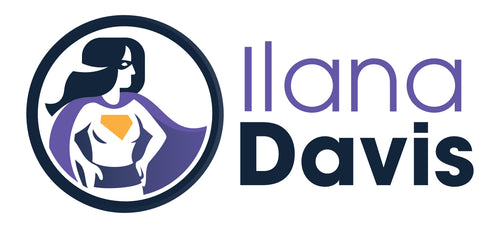Do you suffer from over-categorization?
Over 50% of major US e-commerce sites are getting it wrong.
If you’re suffering from over-categorization, you’re not alone. Many e-commerce sites implemented product attributes as sub-categories rather than filters.
Creating your hierarchy doesn’t have to be complicated, yet so many struggle because they are finding it difficult to distinguish between categories and filters appropriately.
Let’s quickly define Categories vs Filters.
Categories are a division of things regarded as having particular shared characteristics or attributes.
Filters are a process in order to reject those that are unwanted.
A user can select only one category at a time such as “Hats” over “Wallets”. Then, you’d filter the category such as “size: Youth”, “color: blue”, “fit: adjustable” which might be an option for “Hats” but not “Wallets”.
In this case, categories determine the products listed on a page and may often also control which filters (or other features) are available. Thus categories on your hierarchy are mutually exclusive from each other.
Where most folks go wrong…
Since categories are mutually exclusive, they cannot be combined and users aren’t able to select and see products that match multiple values within a product type.
Over-categorization is when a site takes its product types and attributes that should be filters and instead implemented them as categories or sub-categories.
Here’s an example of Target implementing sub-categories in their dropdown menu instead of filters.
Notice my indecision when selecting “Women’s Clothing” or “Plus Size Clothing” and then again trying to decide between “Jeans” or “Pants”. Are jeans not pants?
Fortunately, once you commit to a category, you can then select “Jeans” and “Pants” in filters, but initially, that’s not the case.
I could have selected “Explore All” and then used filters to narrow down my search, but they are making me think too hard.
Tiny rant: When I was debating between “Women’s Clothing” and “Plus Size Clothing” it absolutely makes you feel like an outsider. As if Plus Size Clothing isn’t the same as Women’s Clothing. Not to mention, when you select Women’s Clothing and then filter by size, it’s no longer called “Plus Size Clothing” but rather “Full-Figure”. If you’re going to confuse someone, at least be consistent. But I suppose that’s a rant for another day.
When do I use “Categories” and when do I use “Filters”?
Here’s a trick.
If the product attributes are the same, then the product types should (typically) be set as filters.
If the product attributes are unique, then consider them as a category.
You’ve put a lot of hard work into your store to get it just right. These easy mistakes can be solved with a Website Rescue. It includes dozens of fixes that plague Shopify stores.
JSON-LD for SEO
Get more organic search traffic from Google without having to fight for better rankings by utilizing search enhancements called Rich Results.




